New Items
First Impressions With the Hasselblad CFV 100C
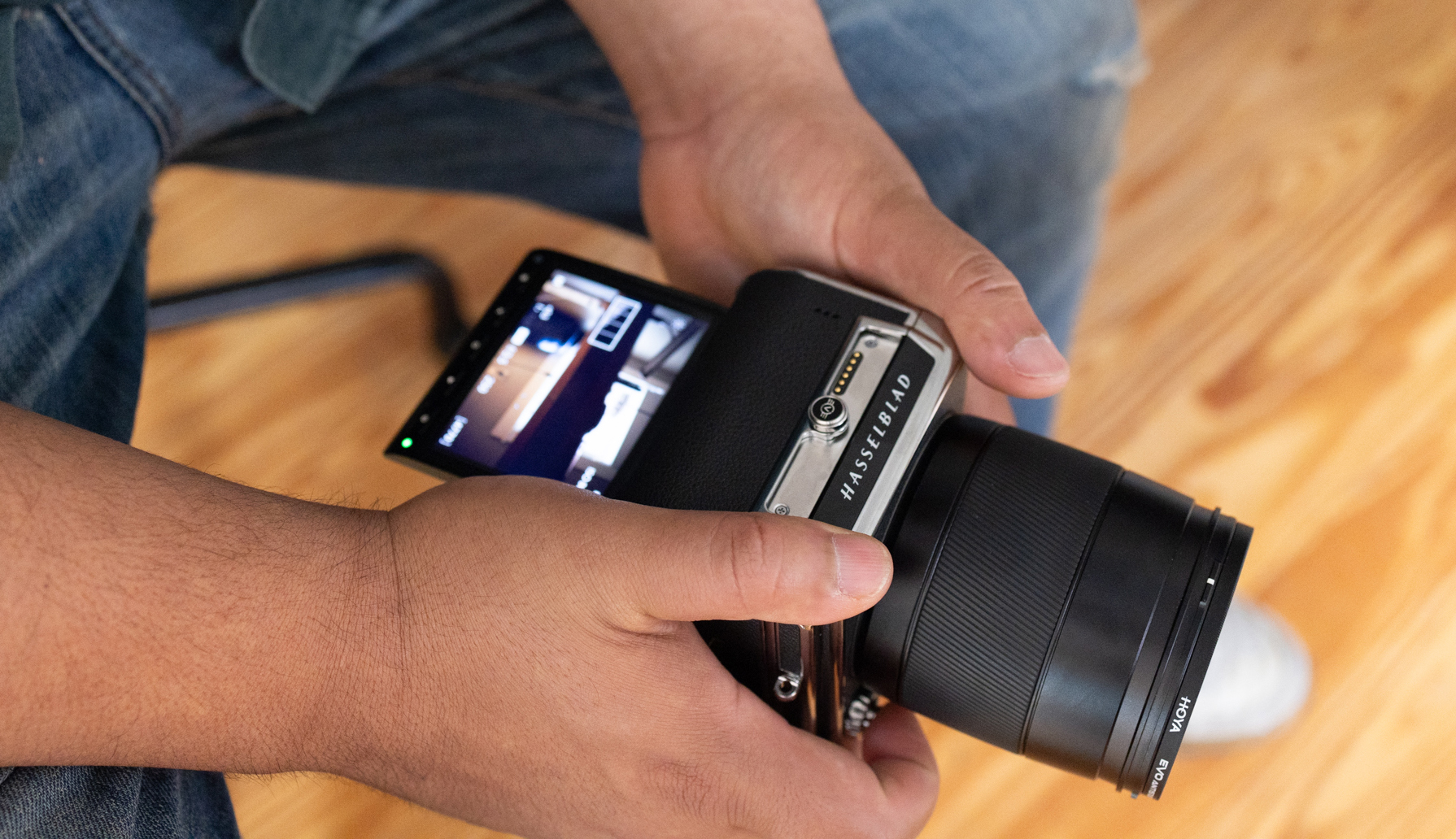
Hasselblad has certainly put its name in the ranks of legacy cameras – with over 180 years in the field of photography. From their work in manufacturing surveillance cameras during World War II, to their time on board the Apollo 8 – Hasselblad has found themselves at many of the significant moments in history over the last 150+ years. While many things have changed over the past few decades in the world of photography, Hasselblad has continued to push the bounds of what cameras are capable of, and today we’re going to look at their latest iteration with the Hasselblad CFV 100C.
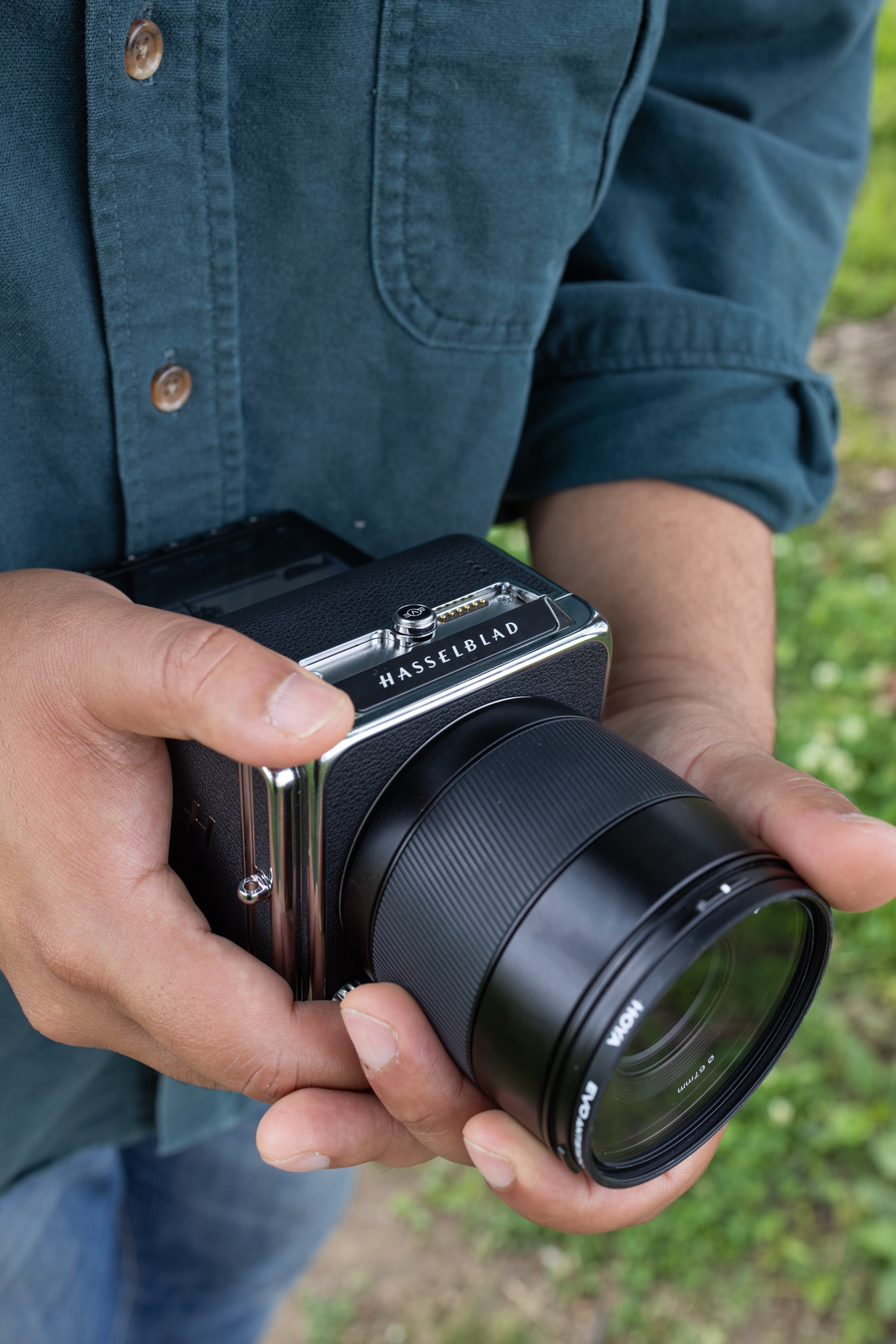
This article is accompanied by a YouTube video, where Andrew walks you through his time with the Hasselblad CFV 100C, so be sure to check out his impressions of the camera there as well.
Overview of Settings
When writing specs, the star of the show is of course the 100-megapixel 33 x 44mm sensor with 16-bit color and 15-stops of dynamic range. Its added 294-Point Phase Detection Autofocus helps make the autofocus system snappy and accurate. Included with the camera is a built-in 1TB SSD hard drive, a CF-express slot for added storage, a 3.2″ touchscreen for added flexibility, and the classic Hasselblad modular platform allowing upgrades easy.
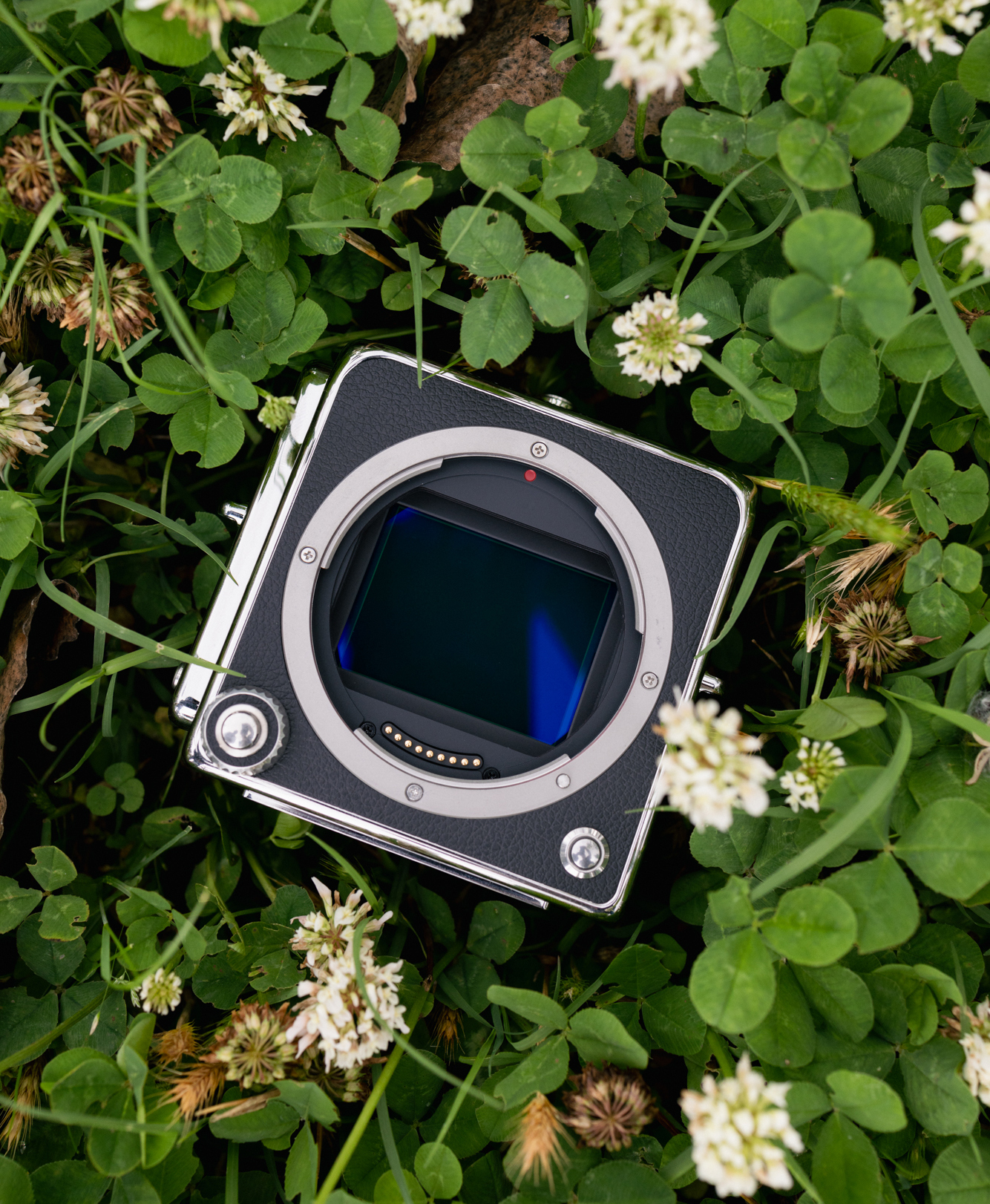
Additionally, the CFV 100C offers an ISO range of 64 to 25,600, and is paired with both a leaf shutter and electronic shutter for faster sync times. Most importantly though, the CFV 100C includes the Hasselblad Natural Color Solution, giving you all of Hasselblad’s color science, expanding nearly two centuries of development.
Quirks & Features
We haven’t had all that much time with the Hasselblad CFV 100C, so we’re just going to discuss our brief time with it, and if you want more, let us know in the comments and we’ll work to get a full review of the system out. But first let’s go over how medium format cameras are designed, and quickly cover all the modular parts that combine to make their cameras possible.
Without being too pedantic, the Hasselblad CFV 100C is actually just a digital back for the camera – or the sensor for the camera, with pins to communicate with the camera body. Think of it much like a camera and lens system – except the camera is split into three parts – the lens, the camera body, and the digital back (and viewfinder in some cases). This modular design allows you to mix and match your camera body with the digital back, giving you far more options than what you’d find in a standard mirrorless camera. This design also allows you to update your camera in parts – with camera bodies offering faster processing speeds and ergonomics, where the digital back can be upgraded for higher resolution and image quality.

For our testing of this camera, we paired the Hasselblad CFV 100C with the recommended and incredibly slim Hasselblad 907X body, along with the Hasselblad XCD 80mm f/1.9 and Hasselblad XCD 30mm f/3.5 lenses. This system gives us a 100MP medium format BSI sensor capable of 15 stops of dynamic range. With Hasselblad’s color science and their 16-bit image architecture, this camera is capable of producing a mere 281 trillion colors. The camera formation also comes equipped with a built-in 1TB SSD hard drive, capable of write speeds up to 2370MB/s and read speeds up to 2850MB/s.
Ergonomically, the Hasselblad CFV 100Cwas unlike any other camera I’ve ever held. Designed much like a waist-level viewfinder camera, I found the CVF 100C easier to hold at my waistline, with the screen angled upward so I could preview my shots before clicking the button. And on the topic of buttons, that was another learning curve I was faced with during my month with the camera. Designed with extreme minimalism in mind, the 907X body accompanying the CFV 100Cleaves you with little to adjust and tinker with. With the camera body only having a single wheel and three buttons, you’ll find yourself searching a bit to adjust settings. So much in fact, that even after my month with the camera, I didn’t feel particularly comfortable with adjusting the settings, and often had to take a pause and think before adjusting my aperture.
Image Quality
While adjusting settings on the camera is a bit of a chore, where the camera really excels is its image quality. The 16-bit colorspace really adds to the images, and with no change in file sizes between the different bitrates, it’s reasonable to keep this camera in 16-bit mode full-time. However, when it comes to the images from this system, I am really impressed. The sensor appears to be the same Sony sensor found in many of the GFX camera systems from Fuji, which has been proven to be an excellent system with industry-leading image quality. Paired with Hasselblad’s color science, the images came out in natural, clean, and true-to-life colors.
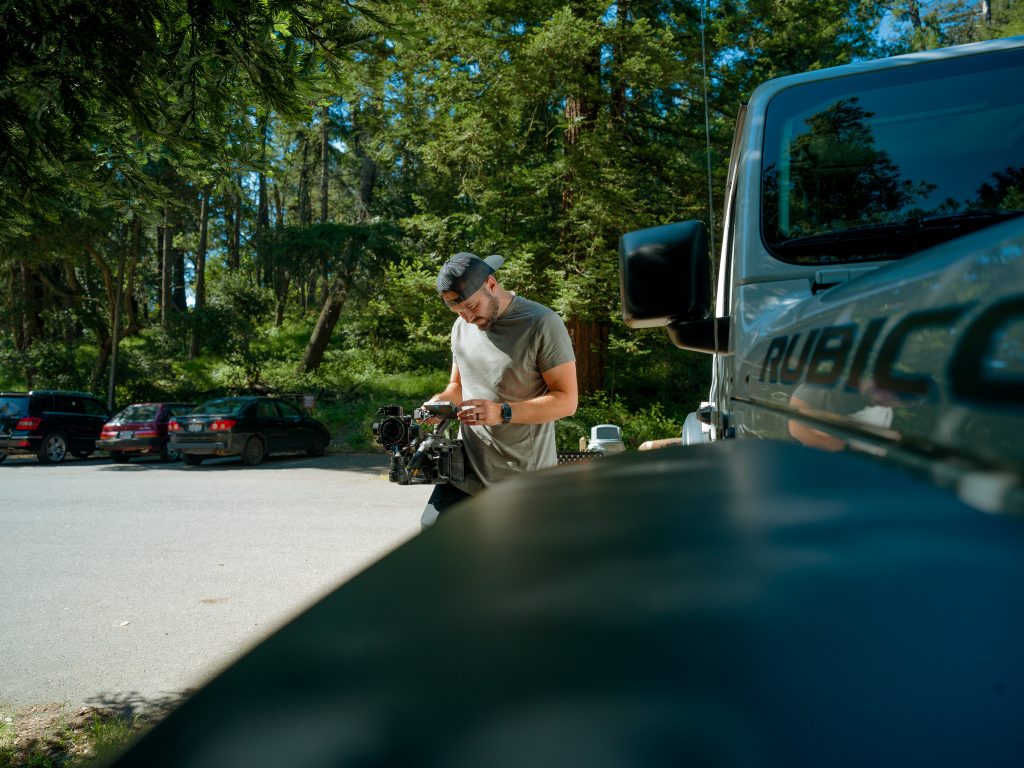
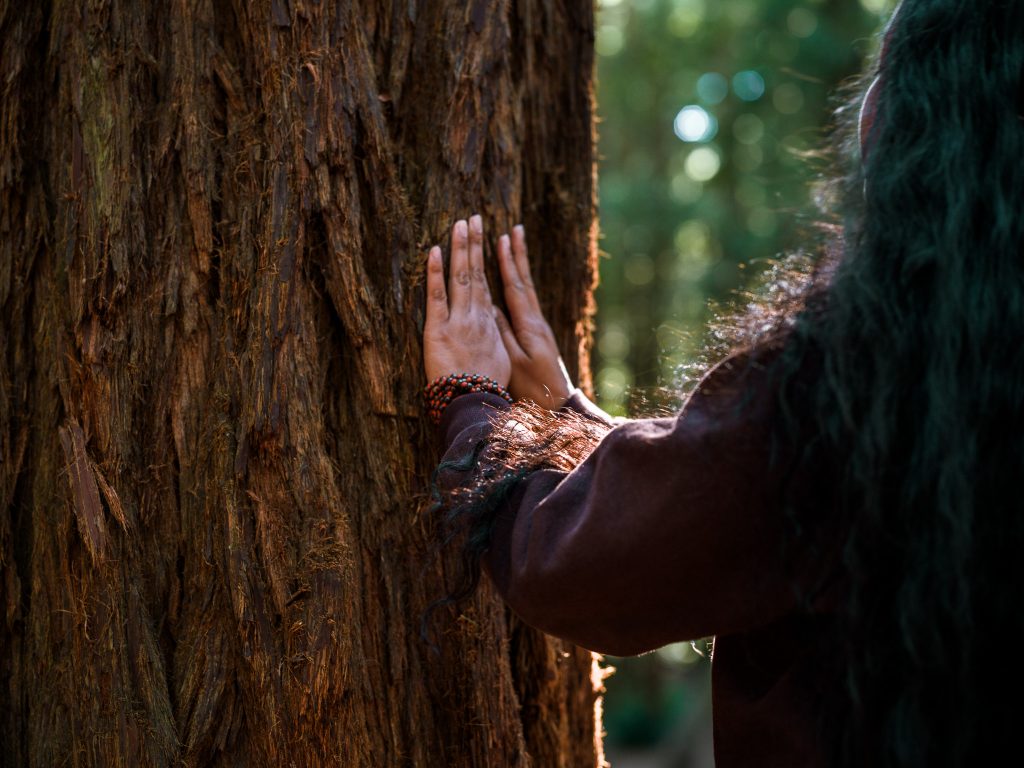
Using the Camera
During my month with the camera, I learned a lot about the system and medium format in general. Starting with the camera, the image quality was exceptional once you jumped over the hurdles of using the system. As already noted, the ergonomics are a bit clunky, and I never felt like I had a strong hold on the camera and its uses. I found that the camera is really designed in closed environments such as in-studio, or at least on a tripod.

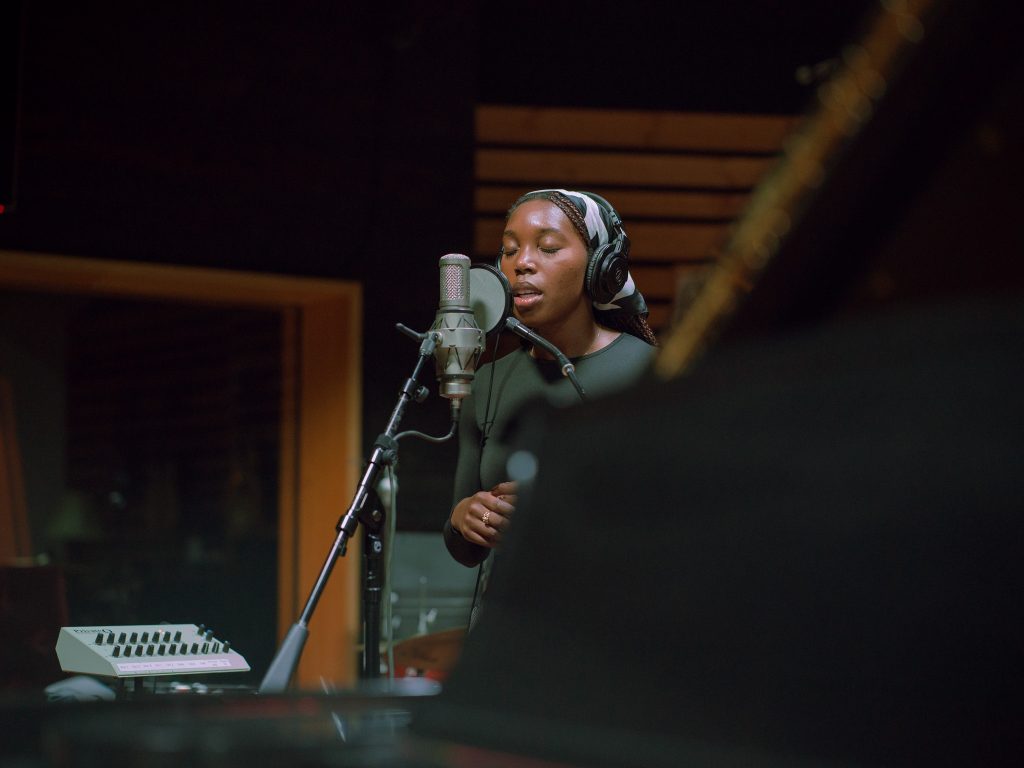
On the plus side, the image quality was really great paired with Hasselblad’s XCD lenses, I was incredibly impressed with the images I was able to create with the camera and found them to have beautifully lush colors and with excellent sharpness. I won’t dive too far into the ‘medium format magic’ that you can find others arguing about in photography forums, but it felt like it truly lived in these images.
So does the Hasselblad CFV 100C hold up to the Hasselblad legacy? I really think so. While it’s impossible to say if it’s going to hold up the legacy of something like the Hasselblad 500C, I found myself smiling a whole lot when using the CFV 100C. The modular system is impressive and offers up the option to connect this incredible sensor to older Hasselblad systems. But for more details of my time with the camera, be sure to check out our video on the system.
